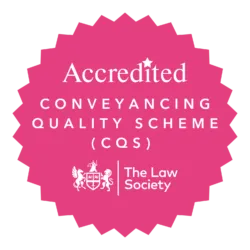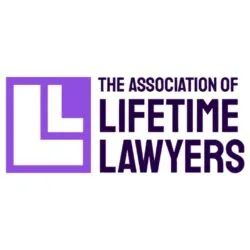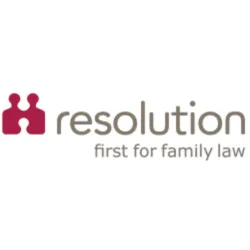
Ban on Islamic Headscarves – Indirect or Direct Discrimination?
This issue has come to light in the media recently, with conflicting decisions from two Advocate Generals causing some controversy.
In Bougnaoui and another v Micropole SA (Case C-188/15) Advocate General Sharpston considered whether a French employer’s ban on the wearing of Muslim headscarves by staff amounted to direct and/or indirect discrimination under the Equal Treatment Framework Directive (2000/78/EC). AG Sharpston’s opinion was in stark contrast to the opinion given recently by Advocate General Kokott in Achbita and another v G4S Secure Solutions NV (Case C-157/15), involving very similar facts.
The facts in Achbita involved a Muslim employee who began to wear a headscarf three years into her employment at work despite a company rule which prohibited the wearing of any visible signs of religious beliefs. She was dismissed and she appealed through the courts to the Belgian Constitutional Court which then posed the question to the European Court of Justice (ECJ).
AG Kokott expressed the opinion that the prohibition of wearing a headscarf stemmed from a general neutrality policy, and so did not amount to direct discrimination; at most, it could amount to indirect discrimination. Even then, it might be justified as an occupational requirement, with consideration to be given to the size of the symbol, the nature and context of the employee’s activity and the national identity of the Member State concerned.
In Bougnaoui, the Claimant was employed by Micropole SA as a design engineer. She was a practising Muslim and wore an Islamic headscarf at work; her role involved her meeting with clients face to face. A client complained to Ms Bougnaoui’s employer and requested that there should be “no veil next time”. She was asked not to wear her headscarf when visiting clients and when she refused to do so, she was dismissed.
The French Labour Tribunal dismissed Ms Bougnaoui’s claim for discrimination based on her religious beliefs and held that the dismissal was well founded on the basis of a “genuine and serious reason”.
The case was referred to the ECJ and questions were asked specifically whether, on the assumption that Ms Bougnaoui’s treatment was discriminatory, it could be justified as being based on a “genuine occupational requirement” under Article 4(1).
Advocate General Sharpston opined that Ms Bougnaoui’s dismissal for wearing a headscarf when in meetings with customers of the employer’s business constituted unlawful direct discrimination on the grounds of religion or belief. She further stated that it was clear that she had been treated less favourably on the ground of her religion than a comparator would have been treated in a similar situation.
AG Sharpston also sought to widen the concept of direct discrimination to include, not only less favourable treatment because of a person’s religion, but less favourable treatment because of a person’s manifestation of their religion – this is significant because there is no general defence of objective justification to a claim of direct religious discrimination.
So, will the decision affect UK law?
If AG Sharpston’s opinion is upheld then it may potentially add a direct discrimination claim. The Judgment in the case of Eweida v British Airways plc will still be considered good law in the UK. The current assumption in the UK is that dress codes could give rise to an indirect discrimination claim, rather than direct, as the requirement to dress in a particular way is applied to everyone.
Given the two very conflicting opinions in these two cases, the decisions of the ECJ will be eagerly anticipated.










